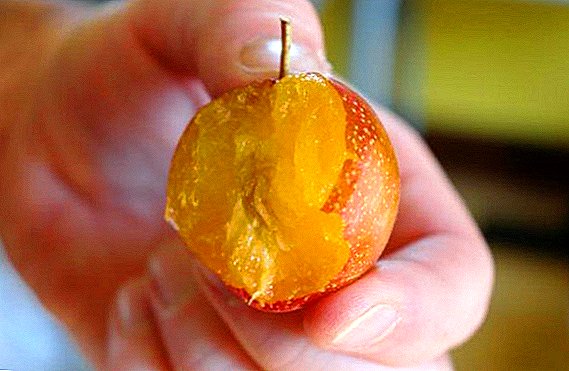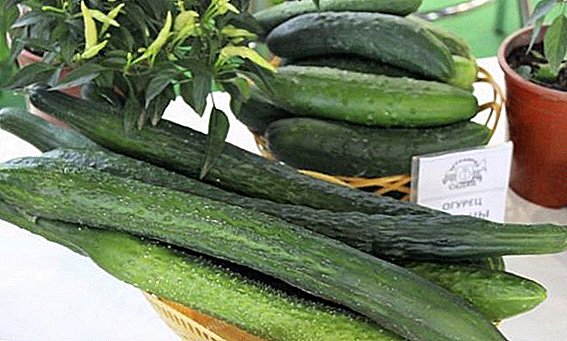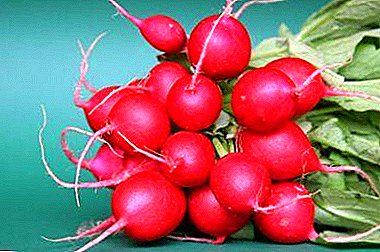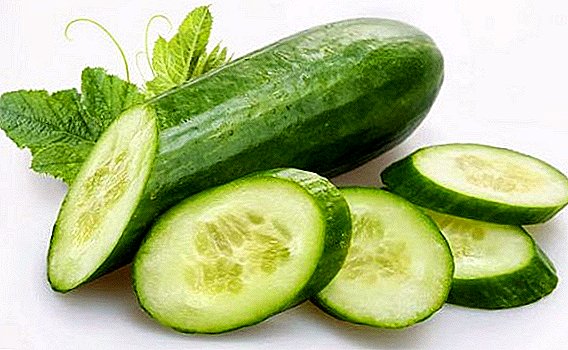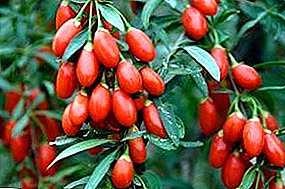
Goji berries are called a real panacea, as they are able to regain lost health and recuperate.
But where did these extraordinary fruits come from and what are they?
Meet the Goji!
 In fact, goji is a type of woodworm and grows in Tibet and China.
In fact, goji is a type of woodworm and grows in Tibet and China.
Externally, the berries are similar to the barberry, which is misleading many gardeners.
At the same time, the plant belongs to the varieties of wolfberry, but it is perfectly safe for ingestion.
Moreover, the bright red fruits of goji have a positive effect on the body, healing it, stimulating metabolism, improving blood circulation and saturating with new forces.
They contain many useful amino acids, ascorbic acid, vitamin B complex and minerals necessary for the body to function properly.
Recently, goji began to be used as a means for losing weight. Studies have shown that their correct use can reduce weight in a short time.
The fruits of the plant have a beneficial effect on blood pressure, bringing it back to normal, reduce the amount of cholesterol in the blood, protect the muscles of the heart.
It should be noted the strong antioxidant effect of goji berries and their ability to strengthen the immune system. And yet it is an excellent tool for the prevention of cancer.
How does goji take root in Russia?
 Despite the fact that the homeland of goji are China and Tibet, the plant gets along well in our land.
Despite the fact that the homeland of goji are China and Tibet, the plant gets along well in our land.
So, Caucasians, residents of Ukraine and Kuban, as well as Russians living in the middle belt of the country are engaged in its cultivation.
Shrub can be planted in almost any region of Russia.
If the climate is mild and warm, then goji can be kept on the site all year round..
If the region is characterized by a cold climate, it is better to cover the plant for the winter period or take it to a room where it is always cool and fresh, after it is transplanted into a deep container.
Goji flowering time - from early summer until October. Flowers can be bright pink, purple, purple, brownish. They exude a pleasant aroma. There are thorns on the branches, so planting a shrub and gathering fruit from it should be done carefully.
The choice of a place for planting and secrets of growing
The best place to grow goji is well-lit by the sun. Shrubs need soil enriched with fertilizers, perfectly permeable to water. At the very beginning of cultivation, goji must be periodically watered and “fed”, but when the plant is strong, care for them is no longer necessary.
 Goji is propagated by cuttings or seeds..
Goji is propagated by cuttings or seeds..
The latter are planted in the greenhouse in the spring season.
After the seedling stretches, the top of the head should be carefully removed by hand, and the plant should be transplanted into the ground under the open sky.
It is possible to propagate goji by cutting much faster.
To do this, you need ten centimeters (or longer) lignified cuttings. Landing is done again in the spring. This is necessary so that by the fall the plant will grow and give strong roots.
Planting cuttings in the fall is dangerous because in winter the plant can simply freeze. However, tests have shown that the risks are reduced to zero in some of the warmest regions of our country.
The gardener will not be pleased with the fruits immediately. Usually the first two or three years he does not bear fruit, but only then there is no shortage of berries. They should be collected only when it is clear and dry outside.
It is not recommended to touch fresh fruits with unprotected hands, as their juice is dangerous for the skin - it can provoke an allergic reaction.
In order to make goji berries really beneficial for the body, they need to be properly dried. Drying is carried out until the rind of the fruit begins to peel off, and the fruit can be separated from the stalk without effort.
If the berry has not ripened, its use can cause serious toxic poisoning. Ripeness is indicated by color: it should be bright red.
The most suitable level of soil acidity for growing a goji shrub on it is from slightly acidic to strongly alkaline. However, subject to the rules of planting and caring for the plant, it will take root on any soil.



